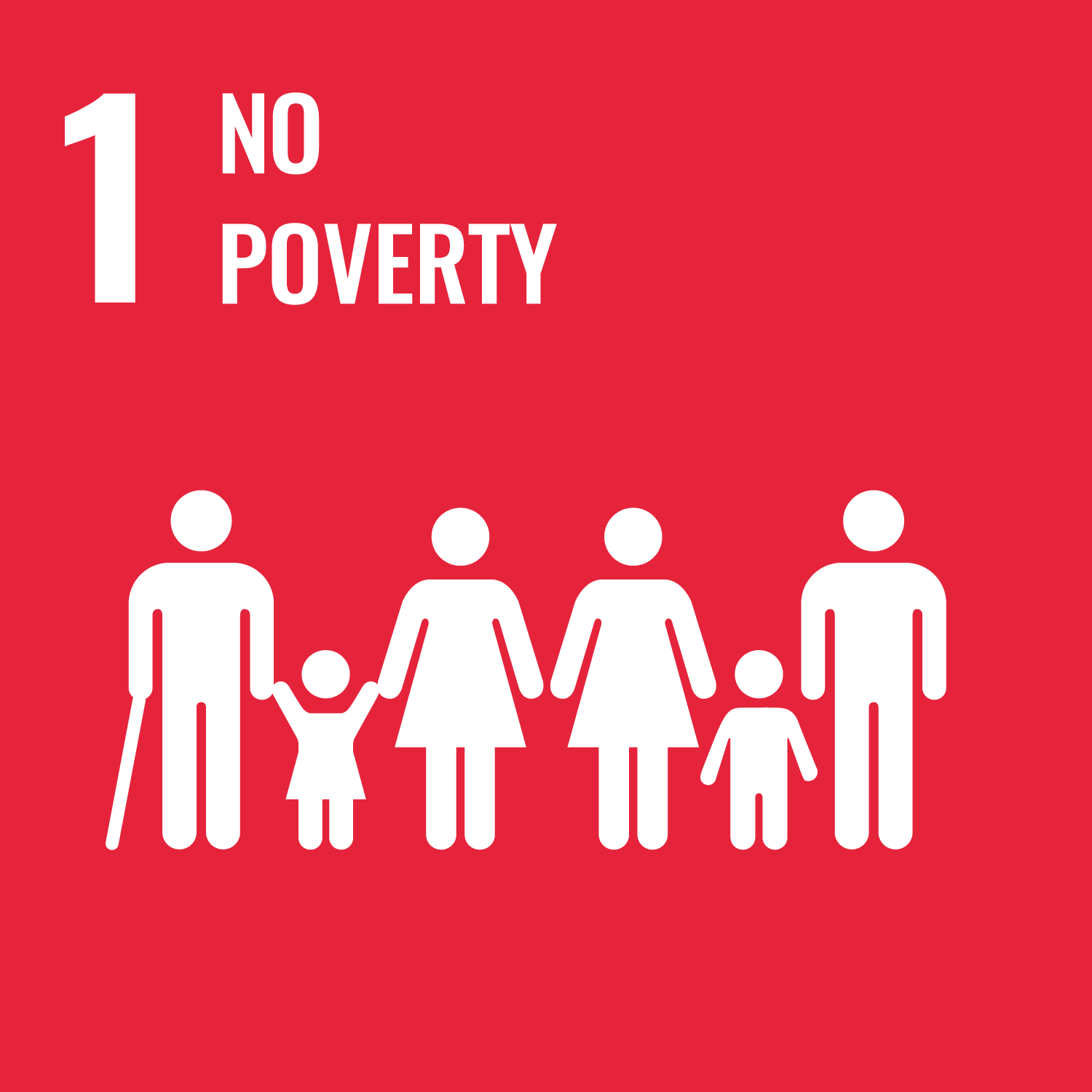Village Enterprise Development Impact Bond
Aligned SDGs

- Village Enterprise Development Impact Bond
- General overview
- Location
- Involved organisations
- Outcome metrics
- SyROCCo reports
- Other resources
- Spreadsheet of data
- Village Enterprise Development Impact Bond
- General overview
- Location
- Involved organisations
- Outcome metrics
- SyROCCo reports
- Other resources
- Spreadsheet of data
General overview
Stage of development: Complete
Policy sector: Poverty reduction
Date outcomes contract signed: Nov 2017
Start date of service provision: Nov 2017
Capital raised (minimum): USD 2.33m
Service users: 14k+
Intervention
The Village Enterprise DIB microenterprise development program seeks to improve the income levels of 12,000+ extreme poor households in rural Kenya and Uganda by creating 4,000+ sustainable microenterprises. The Village Enterprise’s (VE) microenterprise development program delivers cash in the form of a cash grant as well as regular business mentoring and training, this approach is commonly known as a graduation Programme. There are 5 components to the Programme: targeting, business savings groups, training, seed funding and mentoring.
Target population
Individuals living in extreme poverty (less than $1.90 PPP per day) that have no experience of operating a business
The VE DIB is implemented in remote rural areas of Kenya and Uganda, East Africa where more than 50% of the population live in extreme poverty.
Poor households are identified using a hybrid combination of a community-based Participatory Wealth Ranking exercise and a survey using Grameen’s Progress Out of Poverty Index (PPI). Participatory Wealth Ranking uses consultations with community members, usually village elders, to identify the poorest households relative to the rest of the community. PPI attempts to establish a household wealth by using a simple questionnaire about household characteristics.
Location
Country
- Uganda
- Kenya
Service delivery locations
- Kenya
- Uganda
Involved organisations
Outcome metrics
- Present value of the household increase in consumption compared to the control group. The present value is calculated based on the increase in monthly consumption per household compared to the control group. Consumption is defined as the sum of household food and beverage consumption, household recurring consumption, and household infrequent consumption.
- Present value of the household increase in net assets compared to the control group The present value is calculated based on the household increase in net assets stock compared to the control group. Net assets are defined as net household assets (i.e. household savings and tangible household assets, net of household liabilities) plus net business assets (i.e. business savings and tangible business assets, net of business liabilities), accounting for business ownership by the household. No distinction between productive and non-productive assets is drawn; business assets are collected separately because VE specifically promotes the creation of multi-member businesses.
Powered by SyROCCo SyROCCo reports
The following articles are taken from the Systematic Review of Outcomes Contracts Collaboration (SyROCCo) Machine Learning tool.
The tool is a collaboration between the Government Outcomes Lab and machine learning experts from the University of Warwick, that allows you to navigate and explore data extracted from nearly 2000 academic and grey literature publications related to outcomes-based contracting.
Other resources
Spreadsheet of data
Important Notice and Disclaimer on INDIGO Data
INDIGO data are shared for research and policy analysis purposes. INDIGO data can be used to support a range of insights, for example, to understand the social outcomes that projects aim to improve, the network of organisations across projects, trends, scales, timelines and summary information. The collaborative system by which we collect, process, and share data is designed to advance data-sharing norms, harmonise data definitions and improve data use. These data are NOT shared for auditing, investment, or legal purposes. Please independently verify any data that you might use in decision making. We provide no guarantees or assurances as to the quality of these data. Data may be inaccurate, incomplete, inconsistent, and/or not current for various reasons: INDIGO is a collaborative and iterative initiative that mostly relies on projects all over the world volunteering to share their data. We have a system for processing information and try to attribute data to named sources, but we do not audit, cross-check, or verify all information provided to us. It takes time and resources to share data, which may not have been included in a project’s budget. Many of the projects are ongoing and timely updates may not be available. Different people may have different interpretations of data items and definitions. Even when data are high quality, interpretation or generalisation to different contexts may not be possible and/or requires additional information and/or expertise. Help us improve our data quality: email us at indigo@bsg.ox.ac.uk if you have data on new projects, changes or performance updates on current projects, clarifications or corrections on our data, and/or confidentiality or sensitivity notices. Please also give input via the INDIGO Data Definitions Improvement Tool and INDIGO Feedback Questionnaire.